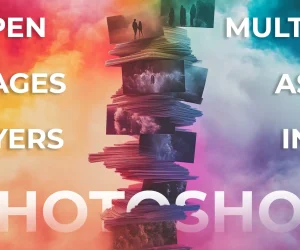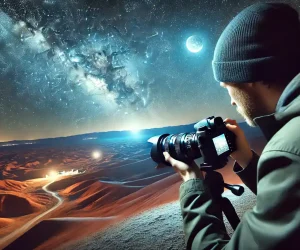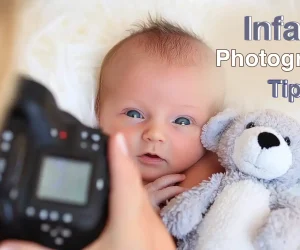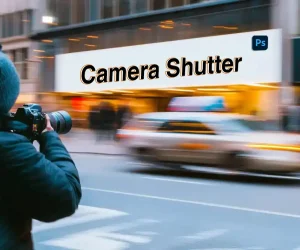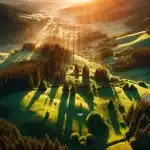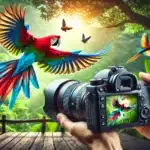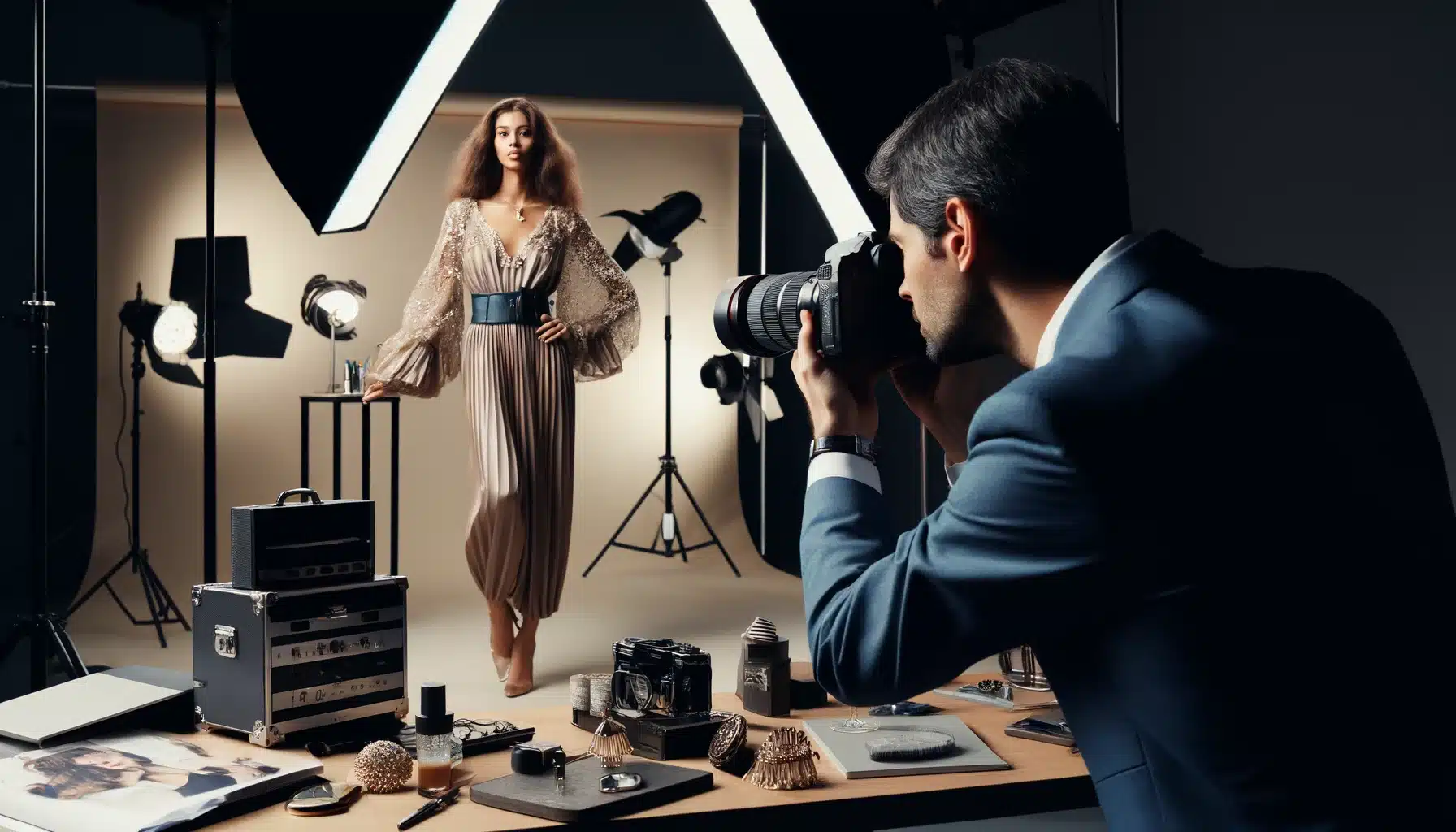
Introduction to How To Do Fashion Photography
Fashion photography is all about taking amazing fashion images of clothes and models. It’s like playing dress-up but with a camera! When you learn how to do fashion photography, you get to work with cool outfits and create beautiful pictures that people might see in magazines or online. One important thing you need is photographic accessories to shoot fashion photos. We wil discover some fashion photography tips in this article!
Imagine being able to pick out fancy clothes and decide how to show them off in your pictures. You get to tell a story with the outfits and the way the model stands or moves. It’s super fun because you can be creative and try new things every time you take a photo. So, if you love fashion and telling stories, fashion images could be a great thing for you to try.
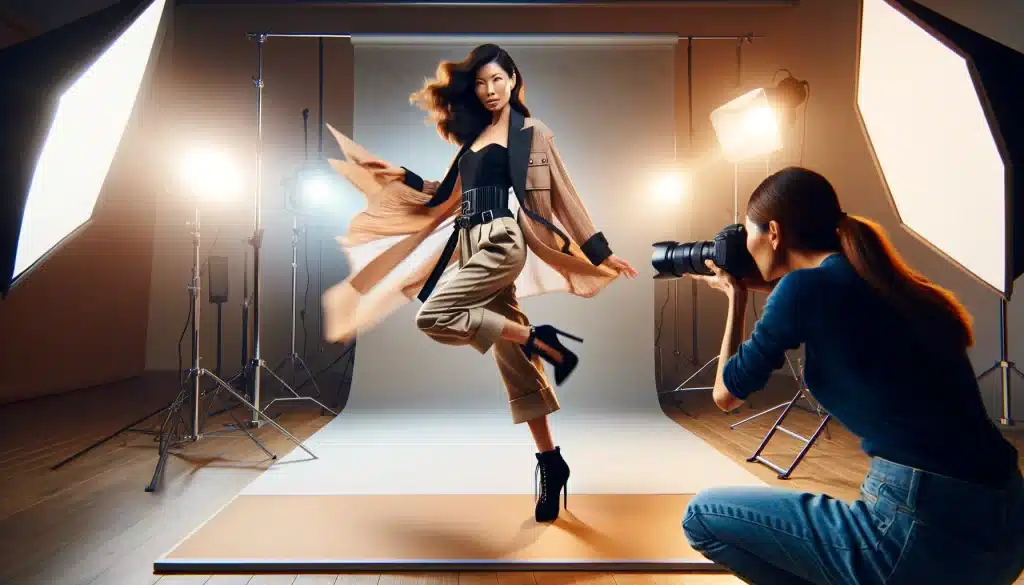
Table of Contents
How To Do Fashion Photography: Essential Equipment

Starting with the Fashion photography guide, this list of equipment will help you prepare and execute successful fashion photos, letting you explore and create with confidence.
Cameras and Lenses
To take really awesome fashion images, you need a good camera and some special lenses. Cameras help you see all the cool details in clothes and accessories, making everything look just right in your pictures. Lenses are like magic glasses that can make your pictures look close-up or super wide to fit more stuff in the shot.
Lights and Reflectors
Lights are super important in fashion photography. They make sure everything looks bright and pretty. Reflectors are like big shiny boards that bounce light around to make sure there are no dark shadows on the clothes or the model’s face. This helps your fashion images glow and look amazing!
Smartphones
Did you know that you can capture professional fashion photos with phone? Yep, you don’t always need a big, fancy camera. Some smartphones are really good at taking pictures, and with a few extra apps, you can make your pictures look professional. This is great for starting out or just having fun without carrying lots of heavy equipment.
Tripods and Stabilizers
A tripod is like a three-legged stand that holds your camera steady. This is really good for making sure your pictures don’t come out blurry. Stabilizers are handy when you’re moving around and still want your pictures to be sharp and clear.

Backdrops and Props
Backdrops are big sheets of material that you put behind the model to make a nice background for your pictures. They can be all different colors or have cool patterns. Props are fun items that models can hold or stand next to, like a fancy chair or a bright umbrella. They help make your pictures more interesting and tell a story about the trend you’re capturing.
Memory Cards and Storage
When you take lots of pictures, you need a place to keep them safe. Memory cards are small cards that go into your camera and store all your pictures. It’s a good idea to have a few of them so you never run out of space, especially during big fashion photos shoot. And don’t forget to transfer your pictures to a computer or online storage to keep them safe!
Editing Software
After you take your pictures, you might want to make them even prettier by using editing software. This is a program on your computer that lets you fix little mistakes, change colors, or even add cool effects. It’s like the final touch to make your fashion images really stand out and look their best. The best apps for tis purpose are Adobe Lightroom and Adobe Photoshop.
Planning Your Fashion Photography Session
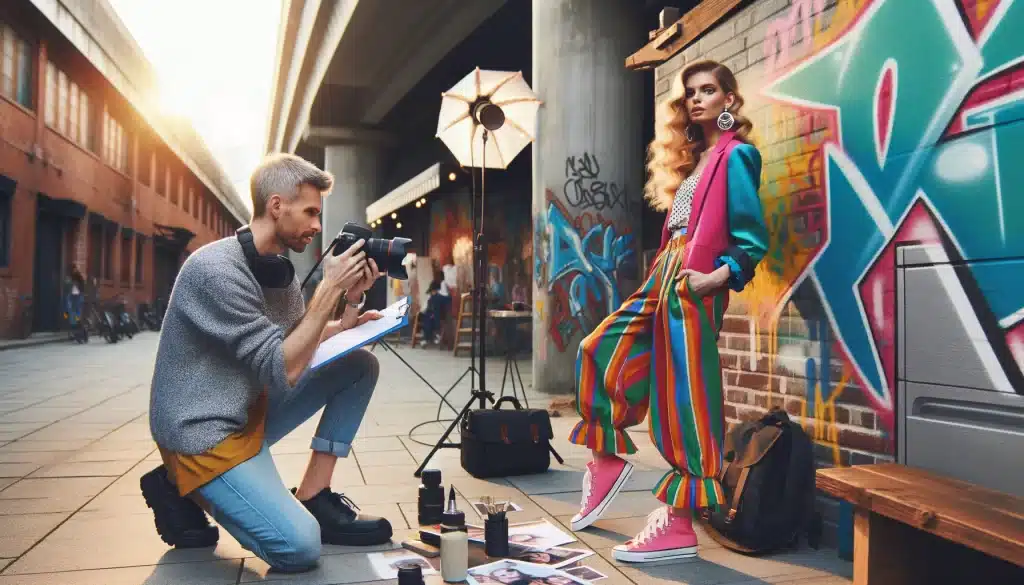
These steps and fashion photography tips will help you effectively plan and execute your fashion photography session. With careful preparation, you can ensure that every aspect of the shoot is aligned and contributes to producing compelling and beautiful fashion images.
Choosing a Theme and Location
Picking a Theme: Before you start taking pictures, think about what kind of fashion story you want to tell. Are you focusing on casual wear, elegant evening gowns, or vibrant street style? This choice will guide all the other decisions you make, from location to lighting.
Finding the Right Spot: The location of your shoot should complement your theme beautifully. If your theme is urban fashion, consider a cityscape with graffiti walls. For a nature-inspired collection, a park or garden might be perfect. Always scout locations beforehand to ensure they fit your vision.
Setting Up Your Equipment
Using the Right Lights: Good lighting can transform your fashion shoot. Umbrella lighting works wonders by diffusing light broadly, reducing shadows, and highlighting the textures and colors of the fabrics in your photographs.
Camera Settings: Adjust your camera settings to match the lighting and the effect you want to achieve. Experiment with aperture, ISO, and shutter speed to capture sharp, well-exposed pictures. Remember, every detail counts in fashion photography.
Planning Your Shots
Creating a Shot List: Make a detailed list of all the shots you plan to capture. Include different poses, group arrangements, and close-ups. This list will keep you organized and efficient throughout the busy shooting day.
Gathering Portrait Ideas: Explore different portrait ideas to add variety to your shoot. Consider close-up shots, full-body fashion images, and detail shots of accessories. Look for inspiration in fashion magazines or online to find poses that enhance the attire and the model’s natural features.
Preparing the Models and Outfits
Choosing Outfits: Select outfits that best represent your theme and are visually striking. Coordinate colors and styles to create a cohesive look for your photoshoot. Ensure each outfit is clean, well-fitted, and ready to go.
Getting Models Ready: Brief your models about the shoot’s objectives and their roles. Discuss each outfit change, the desired poses, and how they should interact with the setting and each other. A well-prepared model delivers a confident and engaging performance.
Techniques for Shooting Fashion Models
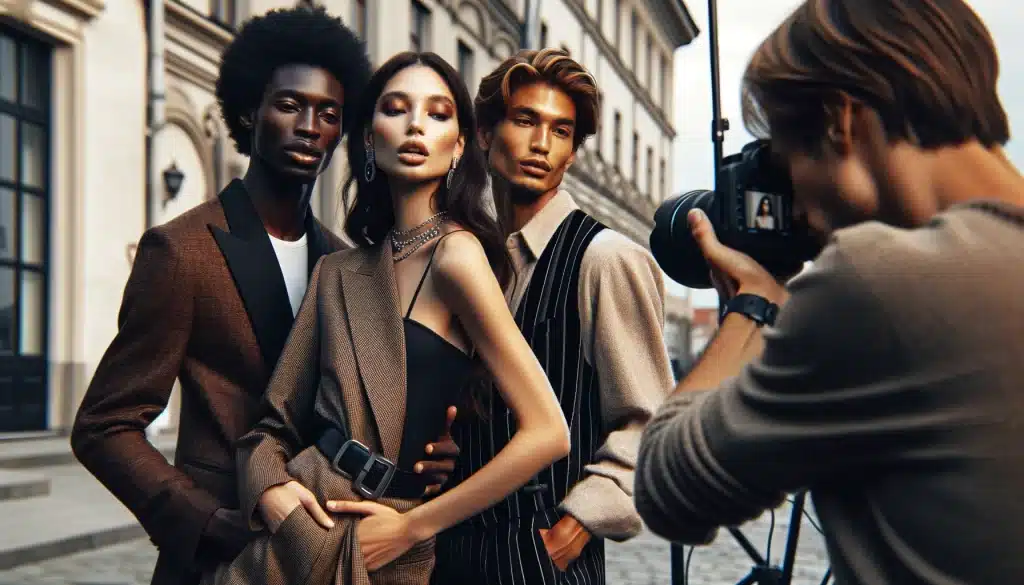
Fashion Photos Shooting Methods: Mastering Your Camera Settings
Using Shutter priority mode is like telling your camera how fast to snap a picture. It’s great for capturing models when they are moving, ensuring that fast actions like jumping or twirling are caught without blur. When you switch to manual mode, you get full control over your camera. This lets you adjust how much light comes in and how clear or blurry the background should be, giving you the power to perfect each shot.
Directing Models for Dynamic Fashion Photos
When directing models, clear communication is key. Explain the mood and attitude you want to capture; if the look is cheerful, they should think of happy moments, and for serious styles, a more thoughtful expression works well. Encourage models to move—walk, spin, or interact with props. This adds life to your shots and dynamically showcases the clothing.
Finding the Perfect Light and Background
Good lighting is crucial for great photography. Outdoors, overcast conditions provide soft, flattering light, while indoor shoots might require artificial lights to adjust shadows and highlights. The background should complement the fashion without stealing focus. Choose simple or interesting backdrops that enhance the overall aesthetic of your shoot. It is one the critical step in how to do fashion photography.
Reviewing and Adjusting in Real-Time
As you shoot, it’s important to review your pictures regularly. This lets you see what’s working and what isn’t, and make adjustments on the fly. Maybe you’ll need to change the lighting, ask the model to alter their pose, or even switch up the backdrop. Continuous review ensures that you’re not just capturing images, but crafting high-quality fashion photos that meet your vision.
Model Poses
Mastering model poses is a fundamental aspect of fashion photography that can significantly enhance the visual appeal and effectiveness of a shoot. Different poses can evoke various emotions and narratives, making the selection of poses crucial depending on the intended outcome of the photo session.
Following is the list of poses you can propose for models, renowned for their distinctive styles, and uses!
| Pose Type | Impact | Typical Usage |
|---|---|---|
| Dynamic Poses | Conveys movement and energy | Editorial spreads, high fashion |
| Close-Up Poses | Highlights facial expressions | Beauty shots, accessories advertising |
| Group Poses | Shows interaction and composition | Fashion lookbooks, advertising campaigns |
| S-Curve Poses | Emphasizes body lines, adds elegance | Catalogs, swimwear, and lingerie shoots |
| Environmental Poses | Integrates surroundings for storytelling | Outdoor shoots, travel-themed fashion |
Techniques for Fashion Photography: Styling Tips for Fashion Shoots

Choosing the Right Settings
Using aperture priority mode is key when shooting in a studio setting or outdoors, as it helps focus sharply on the outfits while blurring the background. This emphasizes the product’s details and makes it stand out in your image. Additionally, understanding camera metering mode is essential, as they help your camera measure the light accurately, ensuring that every shot perfectly captures the beauty of your product.
Picking Outfits and Accessories
Choosing the right colors and styles that complement each other is crucial. For example, if your team has selected a bright floral dress, pairing it with subtle accessories might enhance the look rather than opting for bold pieces that could overwhelm the image. Accessories should act as an enhancement, not a distraction, elevating the overall aesthetic of the outfit and turning a simple look into a sophisticated product showcase.
Setting the Scene
The choice of background plays a significant role in fashion photography. A well-chosen backdrop can convey the mood and style of the apparel being photographed. Whether it’s an elegant studio backdrop or a natural outdoor setting, it should harmonize with the product and theme of the shoot.
Additionally, how your team arranges the setting can add depth to the fashion images. Strategic placement of props and careful consideration of the layout can create a dynamic and engaging visual narrative that complements the fashion items.
Choosing The Right Camera For Fashion Photography
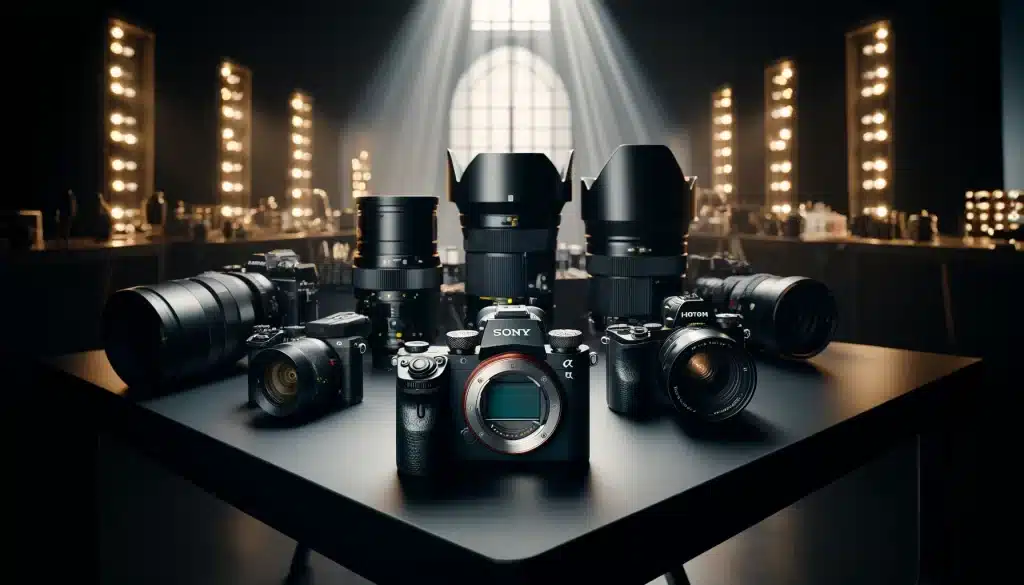
When selecting a camera for fashion photography, understanding the role of composition is crucial. The way you frame your shots can tell a story, emphasize specific features, and capture the mood intended for your fashion shoot. A camera that offers flexible framing and composition options can greatly enhance the quality of your work.
Another important consideration is the lens. A telephoto lens is invaluable for fashion photography because it allows you to capture detailed close-ups while maintaining a flattering perspective and depth. It’s perfect for tight shots where you want to focus on specific aspects of a garment or accessory without distortion.
Now, let’s look at some of the cameras that are excellent for capturing fashion photos, along with their key specifications:
| Camera Model | Focal Length Options | Resolution | Additional Features |
|---|---|---|---|
| Sony Alpha a9 III | Varies with lens | 24.6 MP | Global shutter, 120 fps, 4K 60p video |
| Nikon Z8 | Varies with lens | 45.7 MP | 8K 60p video, 20 fps continuous shooting |
| Canon EOS R100 | Varies with lens | 24.1 MP | 4K video, Dual Pixel CMOS AF |
| Fujifilm X-S20 | Varies with lens | 26 MP | 6.2K video, improved autofocus fashion photos |
| Leica Q3 | Fixed lens | 60 MP | 8K/30p video, high-resolution sensor |
Building a Career in Fashion Photography
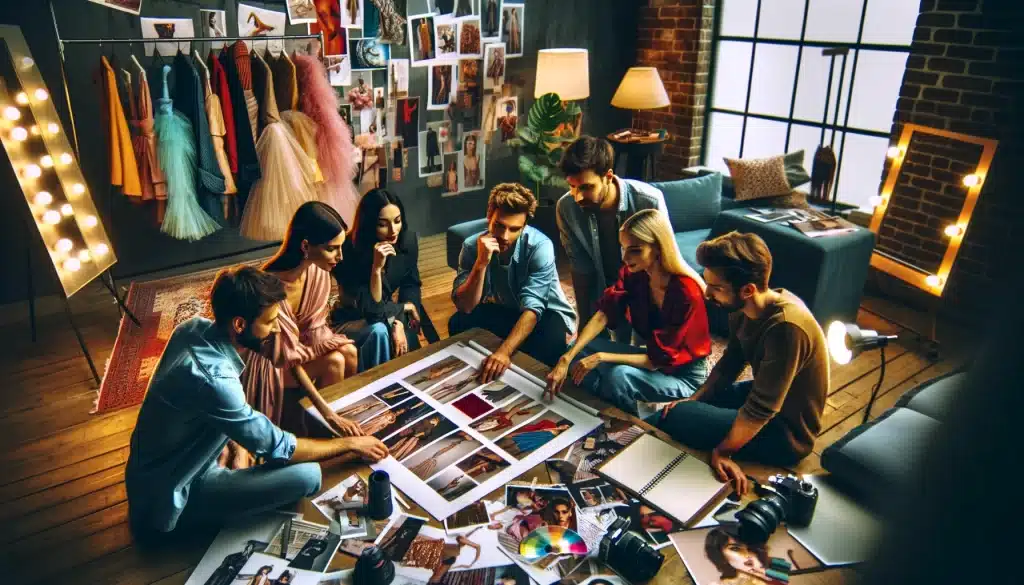
How to Do Fashion Photography: Understanding the Basics
Embarking on a career in fashion photography starts with a solid grasp of the basics. This includes learning about lighting, different types of lens, and how to capture the essence of the clothing and models you are shooting. Each lens offers a different perspective and can significantly affect the storytelling of your shoot. For instance, a telephoto lens might be used to focus tightly on a subject, while a wide-angle lens could capture expansive scenes in editorial fashion spreads.
Developing Your Portfolio
One of the most critical steps in building a career in fashion photography is creating a strong portfolio. This collection of work demonstrates your style and skills. It should be carefully curated to show a variety of styles and subjects, including different types of clothing, accessories, and models. Your portfolio should also highlight your versatility with various photography techniques and production values, making it clear that you can handle the demands of professional fashion shoots.s
Gaining Experience through Collaboration
Networking and collaboration are key to advancing in the fashion photography industry. Working with established photographers as an assistant or collaborating with stylists, makeup artists, and other photographers can provide invaluable experience. Each production is a team effort, and understanding how to work effectively within a team is crucial. These collaborations can also lead to opportunities to shoot for fashion magazines and runway shows, where you can further hone your skills and build your reputation.
Marketing Yourself and Finding Work
In today’s digital age, a photographer’s online presence is as crucial as their technical skills. Regularly update your online portfolio, engage with your audience on social media, and connect with potential clients through professional platforms. Highlighting your specific skills in fashion photography, such as your ability to shoot in various editorial styles or your expertise in lighting and subject selection, can help set you apart from the competition.
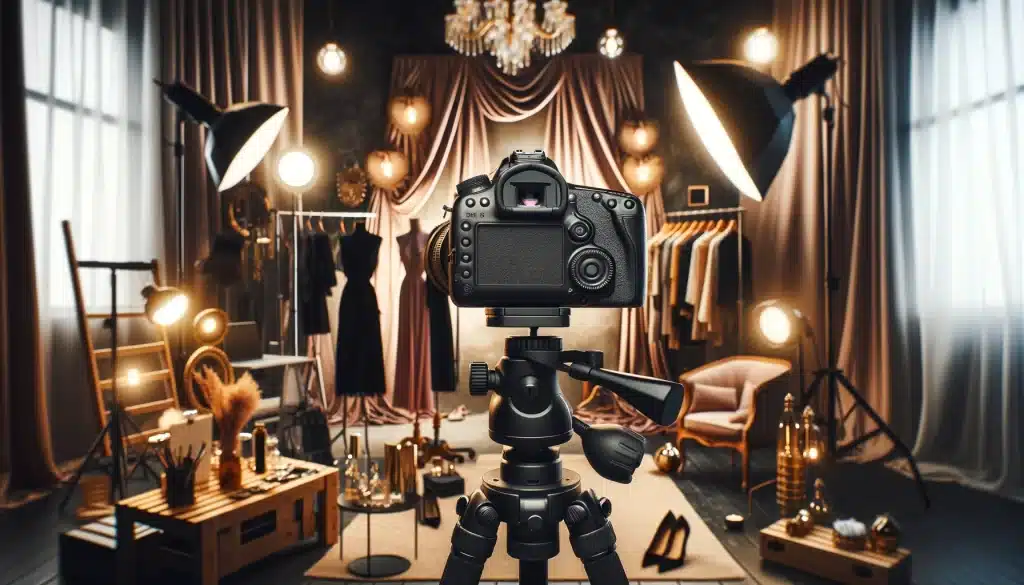
Frequently Asked Questions
How do you get started in fashion photography?
To begin in fashion photography, start by studying the work of industry leaders and understanding the basics of composition and lighting. Build a portfolio by practicing with friends or local fashion designers who need their work documented. Attending workshops or classes can also be invaluable.
How to take photos of fashion?
Capturing fashion effectively requires focusing on the attire and how it fits the subject. Use natural or studio lighting to enhance the texture and color of the fabric. Always consider the backdrop and how it complements the style and theme of the wardrobe being showcased.
What is the key to fashion photography?
The key to excelling in fashion images lies in developing a unique style and vision. This involves not just mastering technical skills but also understanding fashion trends and how to creatively present them. Collaboration with stylists, designers, and makeup artists is also crucial to producing compelling work.
What skills do you need for fashion photography?
The most important skill in how to do fashion photography is the ability to convey the essence of the apparel and the theme of the collection through a creative vision. This means understanding how elements such as lighting, composition, and color influence the mood and aesthetic of the setup. It’s crucial to collaborate effectively with the team,

Conclusion
As we wrap up our exploration of fashion photography, it’s crucial to remember that the journey of mastering this art form is both challenging and incredibly rewarding. Personally, my initial forays into fashion photography were filled with learning curves. I started by experimenting with different lighting setups in my makeshift home studio, using whatever equipment I could get my hands on. This hands-on experience was pivotal, not only in improving my technical skills but also in developing my unique style.
If you’re inspired to dive deeper and elevate your own skills in fashion photography, I highly recommend checking out these comprehensive courses. They are tailored to help you understand both the technical aspects and the creative nuances of fashion photography:
For Photoshop skills, explore this Photoshop Course. To enhance your mastery of photo editing and management, consider this Lightroom Course.
Both courses are designed to equip you with the knowledge and tools you need to transform your creative vision into stunning fashion editorials.
Have a nice photoshoot!
Learn more about


